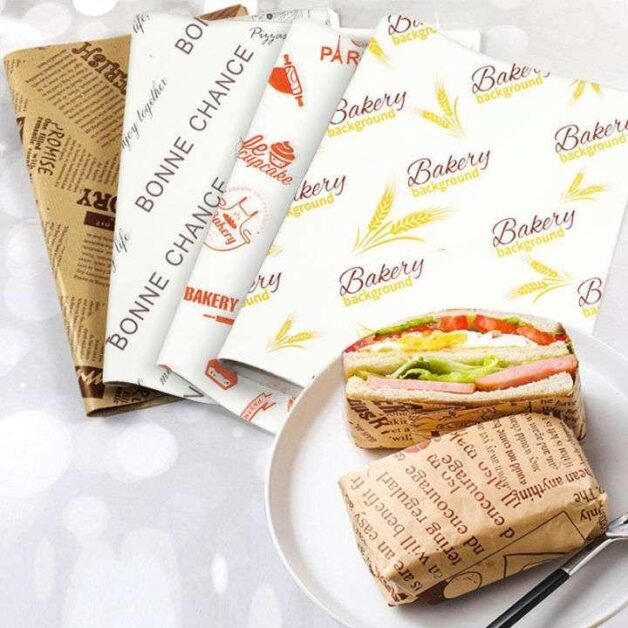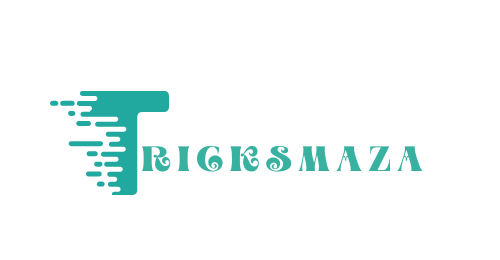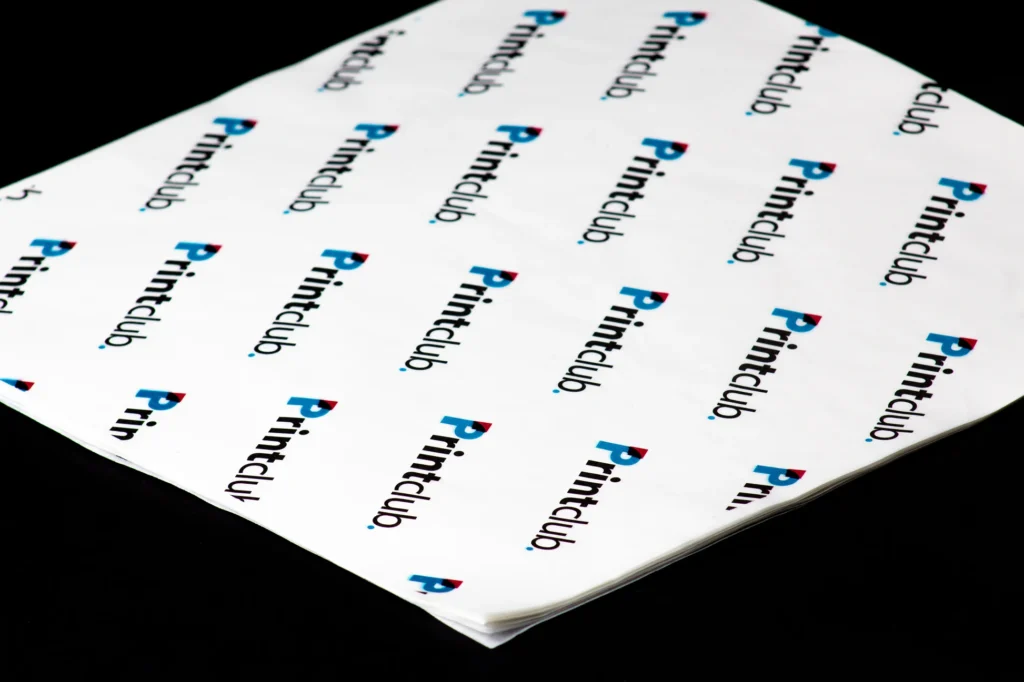Deli paper and wax paper are indispensable materials in the food service industry. Over the years, these papers have evolved from simple food wrappers to multi-functional tools that not only enhance food safety but also offer a way to strengthen branding and improve customer experiences. From the deli paper to custom wax paper printing, the variety of options available allows businesses to enhance both function and aesthetics. This article will explore the wide-ranging uses of deli paper, wax paper, and custom printed options, with a special focus on the USA market.
What is Deli Paper?
Deli paper is a type of specialty paper used primarily for wrapping food items in delis, cafes, and other food service businesses. Its primary purpose is to keep food fresh, prevent moisture from seeping through, and create a barrier that maintains hygiene. Often waxed or coated, deli paper has become a standard packaging solution for a variety of food items, including sandwiches, burgers, fries, and pastries.

Features and Benefits of Deli Paper:
- Moisture Resistance: Most deli papers are coated with a thin layer of wax or polyethylene, making them moisture-resistant. This is essential for keeping food fresh and preventing sogginess.
- Non-Stick Surface: The wax coating creates a non-stick surface, ensuring food doesn’t stick to the paper. This is particularly important when wrapping items with sauces or dressings.
- Customizable for Branding: With the advent of deli paper printing, businesses can now customize their paper with logos, slogans, or unique designs, making the packaging a key part of their branding strategy.
Printed Wax Paper: A Dual Functionality Solution
Printed wax paper offers all the advantages of standard wax paper with the added benefit of custom branding. It’s commonly used in restaurants, cafes, and food delivery services across the USA as a means to not only protect food but also enhance brand visibility.
Uses of Printed Wax Paper:
- Food Wrapping: Wax paper is commonly used to wrap sandwiches, burgers, and baked goods. When printed, it adds a unique touch to the customer’s experience, making your brand more memorable.
- Tray Liners: Many restaurants and delis use printed wax paper as a liner in trays or baskets, which adds a clean and professional presentation. Printed liners also ensure that your brand stays in front of the customer throughout their meal.
- Takeout Packaging: Whether it’s a to-go order or food delivery, printed wax paper can be used as a wrapping or liner to enhance both functionality and branding.
Advantages of Printed Wax Paper:
- Brand Recognition: Custom printing your logo, tagline, or even a design that resonates with your brand can enhance the overall customer experience.
- Durability: Wax paper is strong enough to resist tearing, ensuring your food is securely wrapped during storage, transport, or service.
- Eco-Friendly Options: With increased awareness around environmental issues, many suppliers offer eco-friendly wax paper options made from biodegradable or compostable materials.
Custom Wax Paper Printing: Adding a Personal Touch
Custom wax paper printing is a service that allows businesses to design and print their own wax paper, often using their logos, colors, or any specific designs that match their brand. This type of customization adds a layer of personalization to packaging that can set a business apart from competitors. In the USA, where food businesses are constantly looking for ways to stand out, custom wax paper printing offers a simple yet effective branding tool.
Benefits of Custom Wax Paper Printing:
- Marketing Opportunity: Custom printing turns ordinary wax paper into a marketing tool. Every customer who orders your food and takes it to-go will see your brand and associate it with a professional, thoughtful presentation.
- Affordable Branding: Compared to other forms of marketing, custom printed wax paper is relatively low-cost. It’s a subtle yet powerful way to keep your brand in front of customers.
- Customer Experience: For consumers, the little details matter. Having food wrapped in custom wax paper provides a premium feel that can elevate the dining experience and make customers feel like they’re receiving something special.
How to Design Custom Wax Paper:
- Choose Your Colors: Select colors that align with your brand’s identity. Many businesses opt for their logo colors to ensure consistency.
- Logo Placement: Depending on the size of the wax paper, you can decide whether you want your logo centered, repeated as a pattern, or placed in specific corners.
- Message or Slogan: Some businesses choose to include a slogan, mission statement, or even a hashtag to engage customers and encourage sharing on social media.
Deli Paper for Art: An Unexpected Use
While deli paper is predominantly known for its role in food service, it also has a surprising application in the art world. Deli paper for art is used by artists due to its unique texture and affordability. It can be employed in various art techniques such as collage, printmaking, and painting.
Why Artists Use Deli Paper:
- Affordable Material: Deli paper is inexpensive and widely available, making it a popular choice for artists working on a budget.
- Transparent and Lightweight: The semi-transparency of deli paper makes it perfect for layering in collage work or for use in mixed media projects.
- Adapts Well to Paint: Despite being lightweight, deli paper holds up well to various paints and mediums, such as acrylics and watercolors.
Common Art Techniques Using Deli Paper:
- Collage: Due to its transparency, deli paper is ideal for creating layered effects in collage work. Artists can layer it over other papers or use it as a base for applying paint or ink.
- Printmaking: Its smooth surface makes deli paper a good option for printmaking, where fine details need to be captured on the paper surface.
- Textured Effects: Many artists use deli paper to create textured effects in their work by scrunching, folding, or tearing it before applying it to a canvas or paper base.
Custom Deli Wrap Paper: Tailored for Your Business
If you own a deli or restaurant, one of the best ways to differentiate your business is by using custom deli wrap paper. Similar to custom wax paper, deli wrap can be printed with logos, slogans, or any other design that enhances your brand’s identity. In the USA, where competition is fierce, custom deli wrap can give your business a unique edge.
Why Choose Custom Deli Wrap Paper?
- Professional Appearance: Nothing says “professional” like branded packaging. Custom deli wrap gives your food a polished look that elevates your brand’s image.
- Functional and Aesthetic: Deli wrap is designed to hold up against moisture and grease, ensuring that food stays fresh and intact, while custom designs make the packaging more visually appealing.
- Versatility: Custom deli wrap paper is versatile and can be used not only for wrapping sandwiches and burgers but also for lining food trays or packaging baked goods.
Creating Custom Deli Wrap Paper:
- Size and Material: Determine the size and thickness of the deli wrap paper based on your specific needs. Some businesses may prefer thinner paper for sandwiches, while others might opt for heavier paper for items like burgers or pastries.
- Custom Design: Work with a printer to design deli wrap paper that showcases your brand. Whether it’s a repeating pattern of your logo or a one-of-a-kind design, make sure it’s consistent with your branding strategy.
Deli Paper Printing: Branding Made Easy
Deli paper printing allows food service businesses to turn ordinary deli paper into a branding tool. Whether you’re running a small deli, a restaurant, or a fast-food chain, printed deli paper can help you stand out in a crowded market.
Why Invest in Deli Paper Printing?
- Enhances Brand Visibility: Every piece of food wrapped in your branded deli paper becomes a marketing opportunity. As customers carry their food away, your brand is exposed to a wider audience.
- Increases Perceived Value: Custom printed deli paper adds a premium feel to your packaging. Customers are more likely to associate high-quality packaging with high-quality food.
- Consistency Across Packaging: Consistent branding across all forms of packaging, including deli paper, reinforces your brand identity and creates a cohesive experience for your customers.
Choosing the Right Printing Partner:
- Experience in Food Packaging: Make sure your printer has experience in food-grade paper printing to ensure that the ink and materials used are safe for food contact.
- Quality of Paper: Select high-quality deli paper that is durable enough to hold up to the foods you’re serving, especially if you’re working with greasy or moisture-rich items.
- Customization Options: Choose a printing company that offers a variety of customization options, from different paper sizes to multiple color printing.

Conclusion
Deli paper, wax paper, and custom printed packaging play a crucial role in both the food service and art industries in the USA. From wrapping sandwiches in the deli paper to using custom wax paper printing for branding purposes, businesses have many opportunities to enhance both functionality and customer experience. Even in unexpected areas like art, deli paper finds new applications, proving its versatility. For food service businesses looking to stand out, custom deli wrap paper and deli paper printing offer affordable and effective branding tools that enhance professionalism and create a memorable customer experience.
By investing in custom printed deli and wax paper, businesses can differentiate themselves, boost brand recognition, and elevate the perceived quality of their products. Whether you are looking to wrap food items or explore creative possibilities in art, these paper products are a valuable resource that extends beyond their traditional uses.



More Stories
PVD-Coated vs. Traditional Furniture: Who win?
PCD Pharma Franchise Company in Baddi: Oasis Bio Bloom
Brass Hose Fittings: Perfect for Any Industry